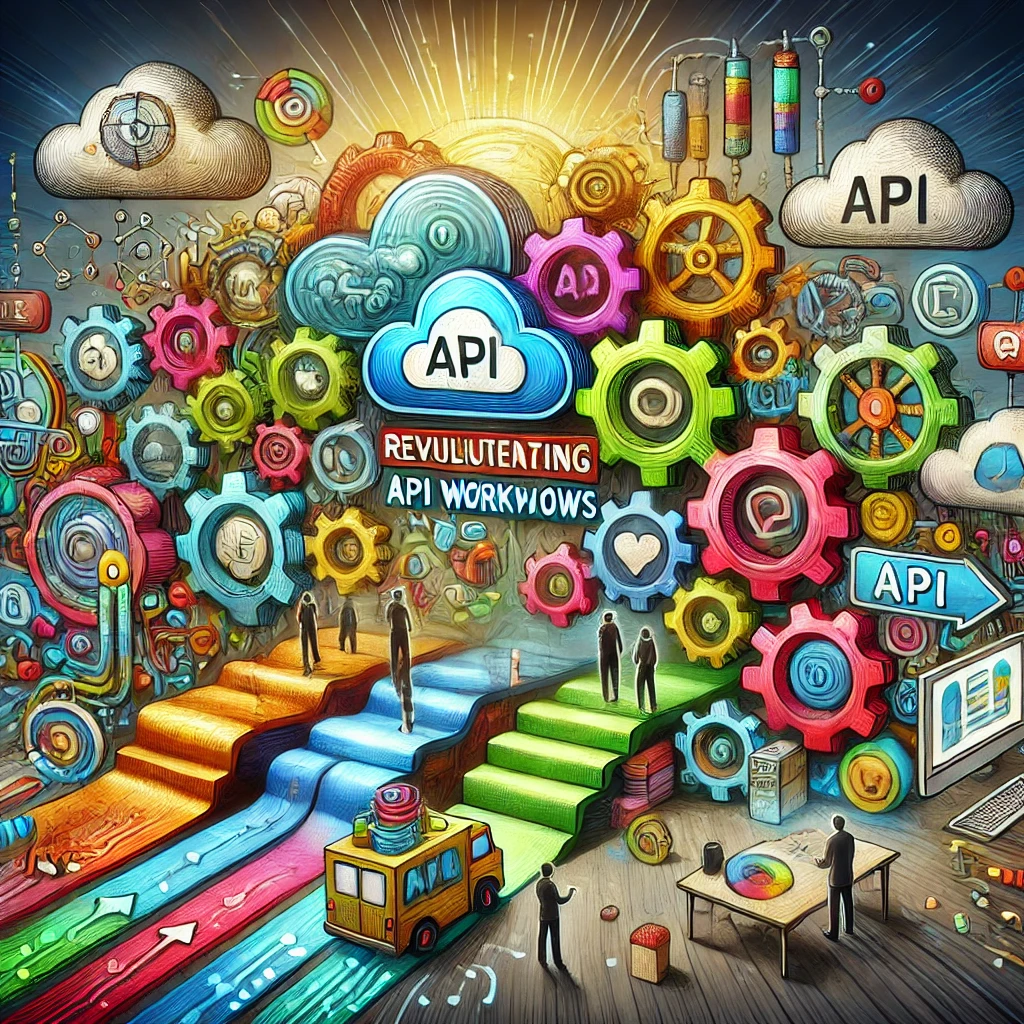How Syncloop Handles Multi-Environment API Deployments

The Need for Multi-Environment Deployments
APIs typically move through several environments before reaching production:
- Development: Initial coding and internal testing.
- Staging: Quality assurance and pre-production validation.
- Production: Live deployment for end-users.
Multi-environment setups ensure that APIs are thoroughly tested and validated at each stage, reducing the risk of errors and downtime. However, managing these environments often involves challenges such as version mismatches, inconsistent configurations, and time-intensive manual processes.
Challenges in Multi-Environment Deployments
1. Configuration Drift
Differences in configuration between environments can lead to inconsistencies and unexpected behavior.
2. Dependency Management
Dependencies such as databases, third-party services, and libraries need to be managed seamlessly across environments.
3. Deployment Errors
Manual deployments increase the risk of errors, particularly in complex environments.
4. Time Overheads
Managing deployments across multiple environments manually can be time-consuming and prone to delays.
5. Rollback Complexities
Ensuring smooth rollback processes in case of deployment failures can be a challenge.
Syncloop addresses these challenges with its robust multi-environment deployment features.
How Syncloop Simplifies Multi-Environment Deployments
1. Environment Templates
Syncloop provides predefined templates for each environment, ensuring consistent configuration across development, staging, and production. Developers can customize these templates as needed.
2. Automated Deployments
With one-click deployment capabilities, Syncloop automates the deployment process, reducing errors and accelerating rollouts. Automation ensures that APIs are deployed uniformly across all environments.
3. Environment-Specific Configuration
Syncloop allows developers to define environment-specific configurations, such as API keys, database credentials, and endpoints. These configurations are securely stored and applied automatically during deployment.
4. Version Control Integration
The platform integrates seamlessly with version control systems like Git, enabling developers to track changes and deploy specific versions to different environments.
5. Dependency Management
Syncloop manages dependencies across environments, ensuring that all required libraries, services, and integrations are available and configured correctly.
6. Rollback Mechanisms
In the event of a failed deployment, Syncloop supports instant rollback to the previous stable version, minimizing downtime and mitigating risks.
7. Environment Isolation
Syncloop provides isolated environments, preventing changes in one environment from inadvertently affecting others. This isolation ensures a clean testing and validation process.
8. Real-Time Monitoring
The platform offers real-time monitoring tools to track API performance and deployment metrics in each environment. This visibility allows teams to identify and resolve issues proactively.
Benefits of Using Syncloop for Multi-Environment Deployments
1. Consistency Across Environments
Predefined templates and automated processes ensure uniformity, reducing the risk of environment-specific bugs.
2. Faster Deployment Cycles
Automation significantly accelerates deployment cycles, enabling faster delivery of updates and features.
3. Enhanced Collaboration
Centralized deployment management fosters collaboration between development, QA, and operations teams.
4. Improved Reliability
Rollback capabilities and real-time monitoring enhance reliability, minimizing disruptions and downtime.
5. Scalability
Syncloop’s architecture supports seamless scaling, accommodating increased traffic and complex integrations across environments.
Real-World Applications of Multi-Environment Deployments
1. E-Commerce
E-commerce platforms use Syncloop to deploy APIs for inventory management, payment processing, and customer support across development, staging, and production.
2. Fintech
Fintech companies rely on Syncloop to manage APIs for secure transactions, fraud detection, and compliance, ensuring rigorous testing before production rollouts.
3. Healthcare
Healthcare providers leverage Syncloop for APIs connecting patient records, telemedicine services, and appointment scheduling across environments.
4. IoT
IoT developers use Syncloop to test and deploy APIs for smart devices, ensuring reliable performance across various network configurations.
Best Practices for Multi-Environment Deployments with Syncloop
- Standardize Configurations: Use Syncloop’s templates to maintain consistency across environments.
- Automate Testing: Implement automated tests in each environment to catch issues early.
- Monitor Metrics: Utilize real-time monitoring tools to track performance and identify anomalies.
- Plan for Rollbacks: Always define rollback strategies and test them periodically.
- Document Changes: Maintain detailed documentation of deployment processes and environment-specific settings.
The Future of Multi-Environment Deployments with Syncloop
As APIs continue to drive digital innovation, multi-environment deployments will become increasingly complex. Syncloop is poised to lead the evolution of deployment management by incorporating AI-driven insights, predictive analytics, and enhanced automation capabilities. These advancements will further streamline deployments, ensuring faster, more reliable rollouts.
Conclusion
Managing multi-environment API deployments is critical for delivering robust, scalable, and user-friendly solutions. Syncloop simplifies this process with its advanced tools and automation, enabling businesses to focus on innovation while maintaining operational efficiency.
By adopting Syncloop, organizations can ensure consistency, reduce risks, and accelerate deployment cycles, setting a strong foundation for growth and success in the digital era.
A graphic illustrating API deployment across multiple environments (development, staging, production), highlighting automation, templates, and rollback features.
Back to Blogs